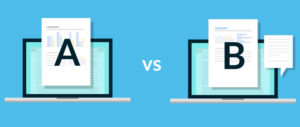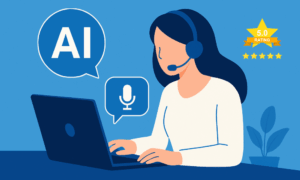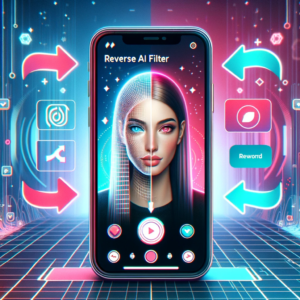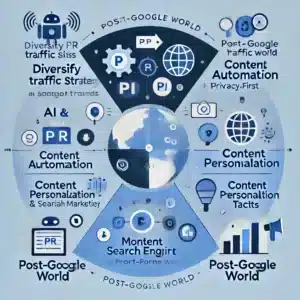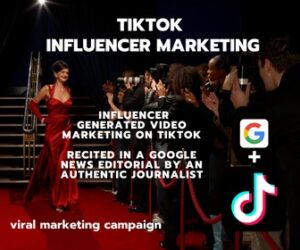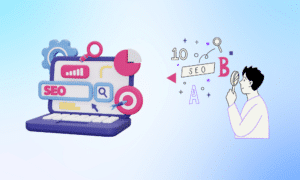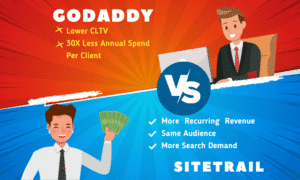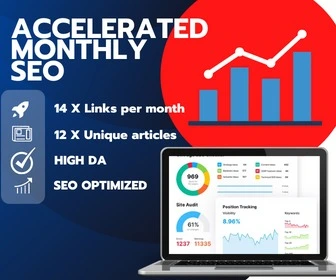There is no greater worth for a marketer than truly understanding their customer’s interests, preferences, and psychological peculiarities. A/B testing, also known as split testing, is a stellar tool to gage that. It’s even better than looking at likes or shares.
The basics of split testing
A/B testing comprises forming multiple variations of a comparable ad, with numerous images, headlines, call-to-action buttons, texts etc. You can also split test your audience specifications, such as the location, gender, age, interests and much more. But there is a rule, to find out which ad combinations help to achieve your end goal.
1 What is the benefit of your product?
Knowing what is your unique value proposition is vital. Also critically, if you want to stand out from the competition crowd. To work that out, look at all you have to do is to create ad campaigns with all of your value offers. The results of the comparison will indicate which offer has a higher click-through rate and which leads to higher conversion rates.
Using A/B testing will not only let your assets stand out but you will be able to test new approaches to your products before doing a big marketing campaign.
2 Desktop or mobile ads. Which convert on higher rates?
Not even going to go into details. Mobile is massive. It over rides desktop. And it’s still growing. That does not mean that mobile ads are better than ads for desktop. You can work out what is better for you by doing a split test.
The selection which platform is best for ad placement can impact your click through rates and the cost per click. So you will want to get it right. It also involves some logic. Some things just don’t work well on mobile, like heavy data consuming files and e-books. Also assuming you have made your landing page mobile friendly.
3 Which landing page performs, the best?
You will need to optimize your landing page for high conversions.
You might have some questions like:
1. Should we lead people to our home page or our features page?
2. Should the landing page open up with a sign-up box or without it?
3. Are industry-specific landing pages more effective than using our home page?
But you can test your landing page layout and images with split testing.
4 What’s your audience interests?
Once you know what your target audience likes
5 Where is your audience based?
If you are an international business you need to know where’s the most engaged target market. This requires a location relation question which split testing can provide. More so not all ads work the same way in all regions.
First, create an international ad campaign with various ad images and texts.
Then, see which ads performed the best in each target country and use this data to create new ad campaigns for each location.
6 Which colors work, which don’t?
Applying color psychology is important, as diverse colors symbolize different emotions, and affects people in distinctive ways. To know which colors work the best for your audience, conduct an A/B test with various ad visuals. By running ads with different color schemes, the company can attract more people’s eyes while battling the ad fatigue.
Moreover, they’ll learn which tones are the most engaging when shown to their target audience. Use the color psychology to your advantage and learn the emotions and feelings that each tone signifies. You’ll be surprised by how big a difference another background tone can make.
7 Do you use images of products or people?
Many marketers suggest that we use people on ad visuals – it will create a stronger connection between the brand and the audience and generate more trust. They’re also the most important element of your ad, delivering the first impression of your offer.
8 Should you fill in all text boxes?
Sometimes, the best message is using no text at all. Creating ads with short or no text requires a strong ad visual, telling the whole story. If you’ve managed to come up with a particularly great idea for an ad image, testing mobile ads with and without text might be an interesting experiment.
If you’re unsure about using no text at all, start by split testing the length of your ad messages.
9 For your ads, what is the better call to action options?
“Learn More” and “Sign up” call to actions outperformed each other in different situations.
In our case, the “Learn More” call-to-action button managed to attract a higher click-through rate.
But… Wait for it… The “Sign Up” CTA returned a higher conversion rate! The next time you create a Facebook ad campaign, test multiple call-to-actions to discover the most effective one and optimize your ads accordingly.
10 Shouldn’t or should you offer something for free?
During your career in advertising or marketing, you’ve probably created at least one free giveaway. That’s because offering something of value for free instantly catches people’s attention and helps to increase brand awareness. But what if you’re interested in getting new customers? Are free giveaways the right way to go? Once again, this is a question that you can answer by A/B testing your ads and analyzing the results one month after the campaign’s end.
More reading material:
- 7 Effective PPC reporting tips
- Steps to build up a quality AdWord target keywords list to improve your ROI from PPC
- Knowing what works best where on the PPC funnel
- When it comes to PPC audience targeting, why restrict yourself to Google only?
- When you over optimize your AdWords account: What marketers should know
